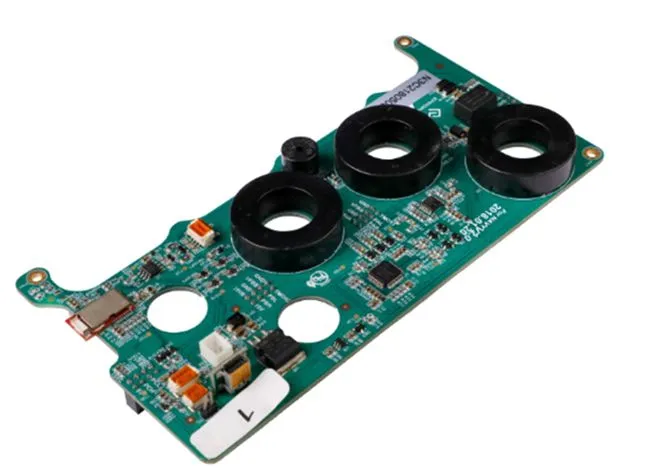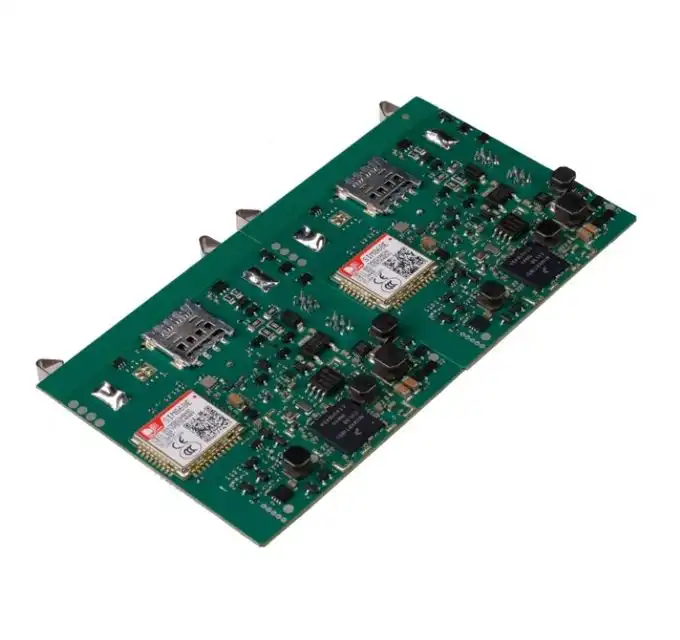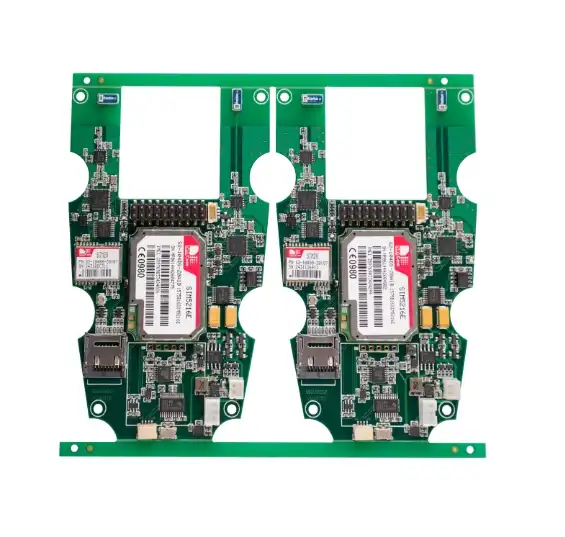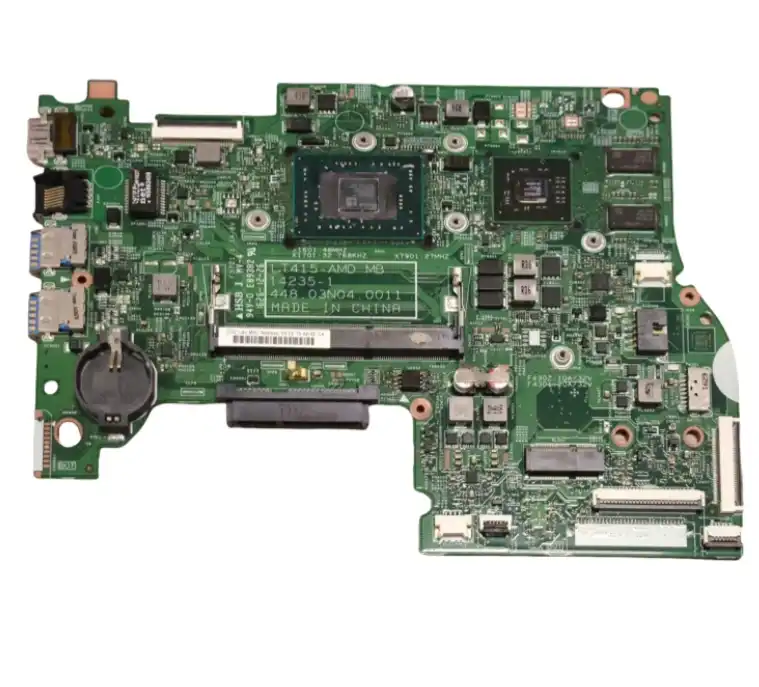The Evolution of PCB Assembly: From Manual to Automated
The journey of PCB assembly has been marked by significant technological advancements, transitioning from labor-intensive manual processes to sophisticated automated systems. This evolution has revolutionized the electronics manufacturing industry, bringing about improvements in efficiency, accuracy, and overall product quality.
Manual PCB Assembly: The Traditional Approach
In the early days of electronics manufacturing, PCB assembly was predominantly a manual process. Skilled technicians would painstakingly place and solder components onto circuit boards by hand. While this method allowed for customization and flexibility, it was inherently prone to human error and inconsistencies. The manual approach was time-consuming and limited in its ability to handle high-volume production or complex board designs with miniature components.
The Rise of Automated PCB Assembly
As the demand for electronic devices surged and circuit board complexity increased, the need for a more efficient and reliable assembly method became apparent. This led to the development of automated PCB assembly technologies. Automated systems introduced pick-and-place machines, reflow ovens, and automated optical inspection (AOI) equipment, dramatically transforming the assembly process.
The adoption of automated PCB assembly brought numerous benefits:
- Increased precision in component placement
- Higher production speeds and throughput
- Improved consistency and repeatability
- Enhanced capability to handle complex and densely populated boards
- Reduced human error and associated quality issues
These advancements have enabled manufacturers to meet the growing demands of the electronics industry, producing high-quality PCBs at scale while maintaining strict quality standards.
Comparing Reliability: Automated vs. Manual PCB Assembly
When evaluating the reliability of PCB assembly methods, it's crucial to consider various factors that contribute to the overall quality and performance of the finished product. Let's delve into a comprehensive comparison between automated and manual PCB assembly processes.
Precision and Accuracy
Automated PCB assembly excels in precision and accuracy, leveraging advanced machinery to place components with micrometer-level precision. High-speed pick-and-place machines can accurately position even the smallest surface-mount components, ensuring consistent solder joint quality. This level of precision is particularly crucial for boards with fine-pitch components or high-density designs.
In contrast, manual assembly relies on the skill and steadiness of human operators. While experienced technicians can achieve good results, maintaining consistent accuracy over long periods or across large production runs can be challenging. The potential for human error increases with fatigue or distraction, potentially leading to misaligned components or improper solder connections.
Consistency and Repeatability
One of the key advantages of automated PCB assembly is its ability to maintain consistent quality across large production volumes. Once programmed, automated systems can replicate the same assembly process with high repeatability, ensuring that each board meets the same quality standards. This consistency is vital for maintaining product reliability and reducing variability in performance.
Manual assembly, while flexible, can struggle to achieve the same level of consistency, especially in high-volume production scenarios. Variations in technique between different operators or even the same operator over time can lead to inconsistencies in the final product.
Speed and Efficiency
Automated PCB assembly systems are designed for high-speed production, capable of placing thousands of components per hour. This speed not only increases throughput but also reduces the time components are exposed to potentially harmful conditions during the assembly process. Faster assembly times can lead to better solder joint quality and reduced thermal stress on components.
Manual assembly is inherently slower and more labor-intensive. While it may be suitable for small batch production or prototyping, it becomes increasingly inefficient and prone to errors as production volumes increase. The slower pace of manual assembly can also lead to longer exposure times during soldering, potentially affecting component reliability.
Quality Control and Defect Detection in Automated PCB Assembly
Quality control is a critical aspect of PCB assembly, directly impacting the reliability of the final product. Automated PCB assembly processes incorporate advanced quality control measures that significantly enhance defect detection and overall product quality.
Automated Optical Inspection (AOI)
AOI systems are an integral part of automated PCB assembly lines. These sophisticated machines use high-resolution cameras and complex algorithms to inspect boards for a wide range of defects, including:
- Component presence and orientation
- Solder joint quality
- Component alignment and polarity
- Bridging or shorts between solder points
AOI can detect issues that might be missed by the human eye, especially on densely populated boards or with miniature components. By identifying defects early in the production process, manufacturers can implement corrective actions promptly, reducing waste and improving overall reliability.
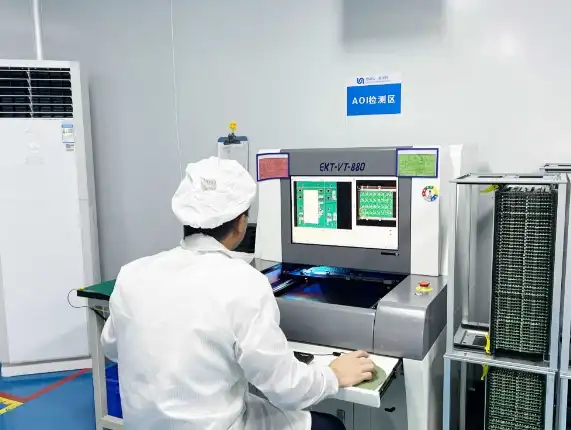
X-ray Inspection
For more complex assemblies or hidden solder joints, automated X-ray inspection systems provide an additional layer of quality control. These systems can penetrate through layers of the PCB to inspect ball grid array (BGA) connections, detect voids in solder joints, and identify other internal defects that surface inspection methods might miss.
In-Circuit Testing (ICT) and Functional Testing
Automated assembly lines often incorporate in-circuit testing and functional testing stages. ICT uses a bed-of-nails fixture to make contact with specific points on the PCB, verifying electrical connections and component values. Functional testing simulates real-world operation conditions to ensure the assembled PCB performs as intended.
These automated testing procedures provide comprehensive verification of both the physical assembly and electrical functionality of the PCB, significantly enhancing the reliability of the final product.
Conclusion
In conclusion, automated PCB assembly offers superior reliability compared to manual processes, particularly in high-volume production scenarios. The precision, consistency, and advanced quality control measures inherent in automated systems result in higher-quality PCBs with fewer defects. For businesses seeking a reliable PCB assembly supplier or manufacturer, partnering with a company that utilizes state-of-the-art automated assembly technology is crucial. Such partnerships ensure consistent product quality, faster turnaround times, and the ability to handle complex board designs with confidence.
FAQ
Can automated PCB assembly handle all types of PCB designs?
While automated assembly is highly versatile, some extremely complex or unique designs may still require manual intervention. However, modern automated systems can handle the vast majority of PCB designs, including those with fine-pitch components and high-density layouts.
Is automated PCB assembly more expensive than manual assembly?
Initially, the setup costs for automated assembly can be higher. However, for medium to large production runs, automated assembly often proves more cost-effective due to increased efficiency, reduced labor costs, and lower defect rates.
How does automated assembly impact environmental sustainability?
Automated assembly can contribute to sustainability by reducing waste through higher precision and fewer errors. It also often uses less energy per unit produced compared to manual processes, especially in large-scale production.
Experience the Reliability of Automated PCB Assembly | Ring PCB
At Ring PCB, we leverage cutting-edge automated PCB assembly technology to deliver unparalleled quality and reliability. Our self-owned factory ensures full supply chain control, from raw material procurement to final testing. With our triple quality assurance process and global certifications, we guarantee a defect rate of less than 0.2%, surpassing the industry standard. Experience the benefits of our vertical integration and state-of-the-art manufacturing capabilities. Contact us at [email protected] to discuss your PCB assembly needs and discover why we're the preferred choice for discerning electronics manufacturers worldwide.
References
1. Johnson, M. (2022). "Advancements in Automated PCB Assembly Technologies". Journal of Electronics Manufacturing, 15(3), 78-92.
2. Smith, A. & Brown, B. (2021). "Comparative Analysis of Manual vs. Automated PCB Assembly Processes". IEEE Transactions on Electronics Packaging Manufacturing, 44(2), 156-170.
3. Lee, C. et al. (2023). "Quality Control Innovations in Modern PCB Assembly Lines". International Journal of Production Research, 61(5), 1423-1439.
4. Garcia, R. (2022). "The Impact of Automation on PCB Assembly Reliability: A 10-Year Industry Study". Robotics and Computer-Integrated Manufacturing, 76, 102312.
5. Thompson, E. & Wilson, G. (2021). "Economic Implications of Transitioning to Automated PCB Assembly in Small to Medium Enterprises". Journal of Manufacturing Systems, 58, 245-260.
